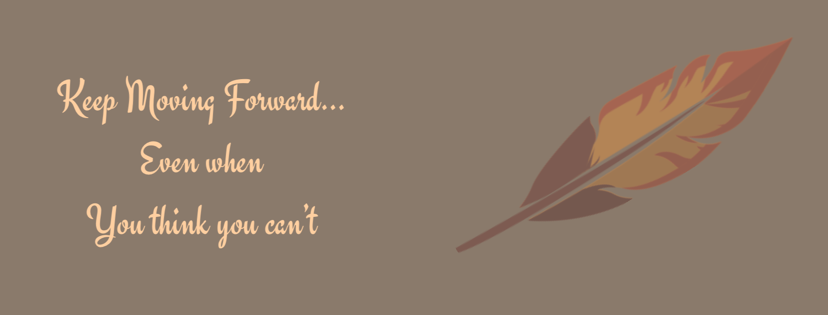1. New Information I Learned:
I learned that forest recovery is a process and not a state, that it can take between 5-10 years for a forest area to be considered as “recovered” following a wildfire or harvesting event.
I also learned that currently, this research on wildfire and harvesting of forests has amassed over 600 terabytes (TB) of data.
The investigators used backcasting of tree height from 0 (date of wildfire) to 10 years post disturbance to focus their spatial pattern and recovery simulations using LANDSAT, LiDAR, and HSR imagery.
2. What I enjoyed and was Intrigued by:
I was intrigued by the meticulous level of care and concern taken in the assembly of data to create spatial representations of wildfire forest recovery across all of Canada. The simulation Michael ran was outstanding and I can appreciate the amount of focus and coordination it would have taken to create the simulation or animation.
I deeply appreciated his efforts to make sure everyone in the room could understand what he was showing us on his slides, even though I am not in the physical/natural sciences, I still felt included in his discussion. His experience as a presenter really shined today.
Was there anything to improve?
I really felt that the speaker was rushed and his presentation was so engaging that I wanted him to slow down the progression through his slides. Unfortunately, he knew that the NRES 700 students needed to go and stand with their posters and so he sped up his presentation.
3. Applicable or relevant to my own masters research?
The only way I can see this specific research being relevant or applicable to my own research is if I were to use GPS tracking (attached to my person) as I move about the Secwepemc traditional territory during my land-based learning activities. I could use that information to help my people document oral histories and current land use patterns.
4. How well did Michael respond to questions?
I could understand so much of his presentation because he took the time to provide brief descriptions of each term he used to describe the work their team did to create this spatial representation. The use of jargon was light and respectful of a mixed audience. When he was asked questions, he didn’t veer off topic, was clear and concise in his responses. I really wish we had more time to speak with him because the spatial animations were fascinating for me to experience.
I liked that Michael provided a list of opportunities for future research which included:
providing clear and measurable benchmarks (plots and LiDAR to confirm spectral findings)
The question I would have asked was…
I would have asked for his advise in the use of LiDAR, LANDSAT, and HSR imagery for traditional land use studies to show a comparison of how land use patterns have changed over time. I also would have asked more about the technological requirements of his undertaking this spatial imaging research.


Recent Comments